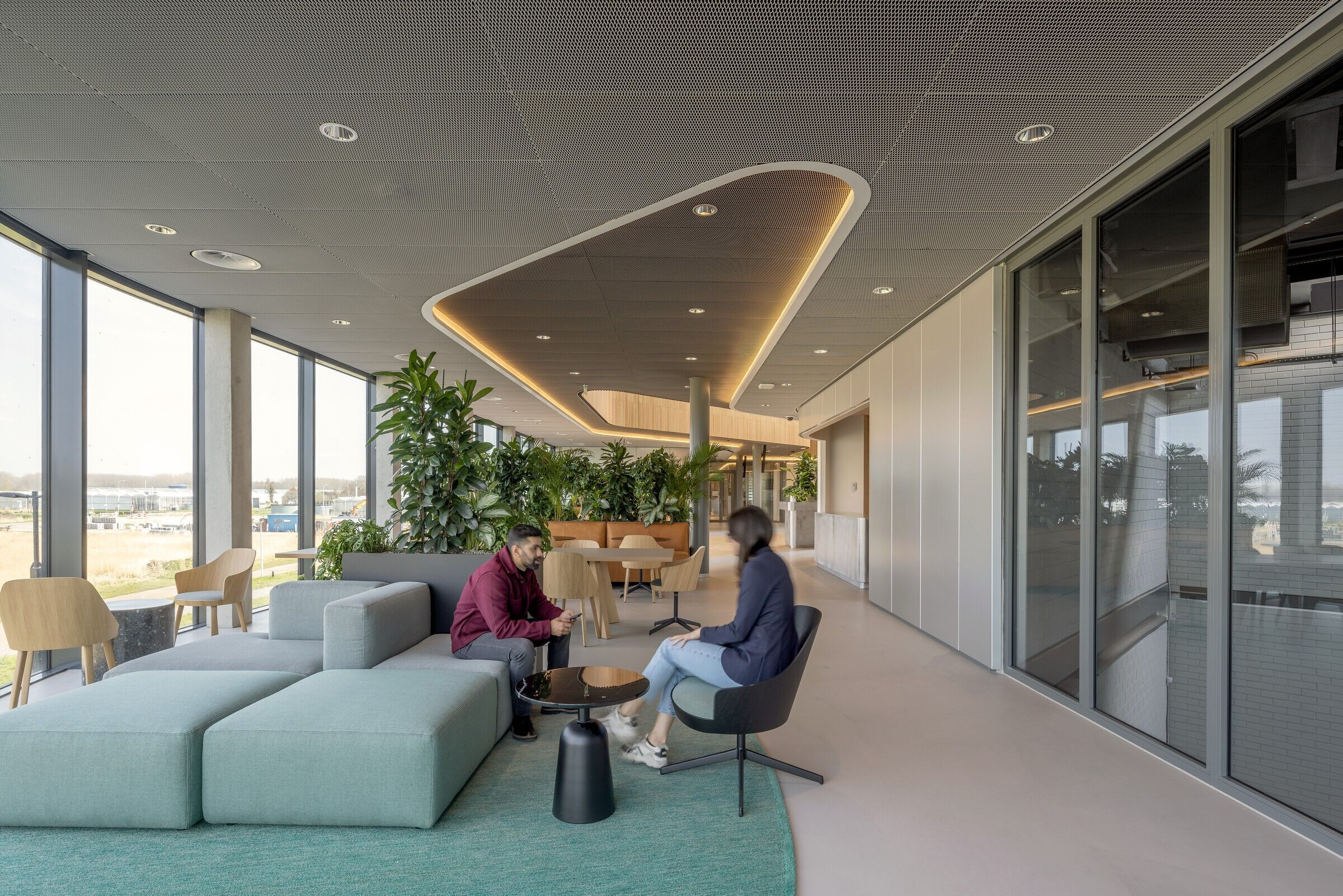On Friday May 12th Dutch King Willem-Alexander officially opened the doors to OPCW’s new Centre for Chemistry and Technology in The Netherlands. Also present were Fernando Arias, Director-General OPCW, Paul Huijts, secretary-general at Ministry of Foreign Affairs, and other guests. Rotterdam based architectural firm Ector Hoogstad Architects designed a building with a clear architectural identity fir for a diverse international community.

The Organisation for the Prohibition of Chemical Weapons (OPCW) is an international organisation committed to ridding the world of chemical weapons and the threat of their use. In 2013 the Organisation was awarded the Nobel Peace Prize for ‘its extensive efforts to eliminate chemical weapons’. As the implementing body for the Chemical Weapons Convention, OPCW deploys world-wide verifications and safeguarding the integrity of the results is of utmost importance. The new Centre for Chemistry and Technology (ChemTech Centre) is designed to facilitate OPCW’s work processes and conduct activities according to strict protocols and safety standards.
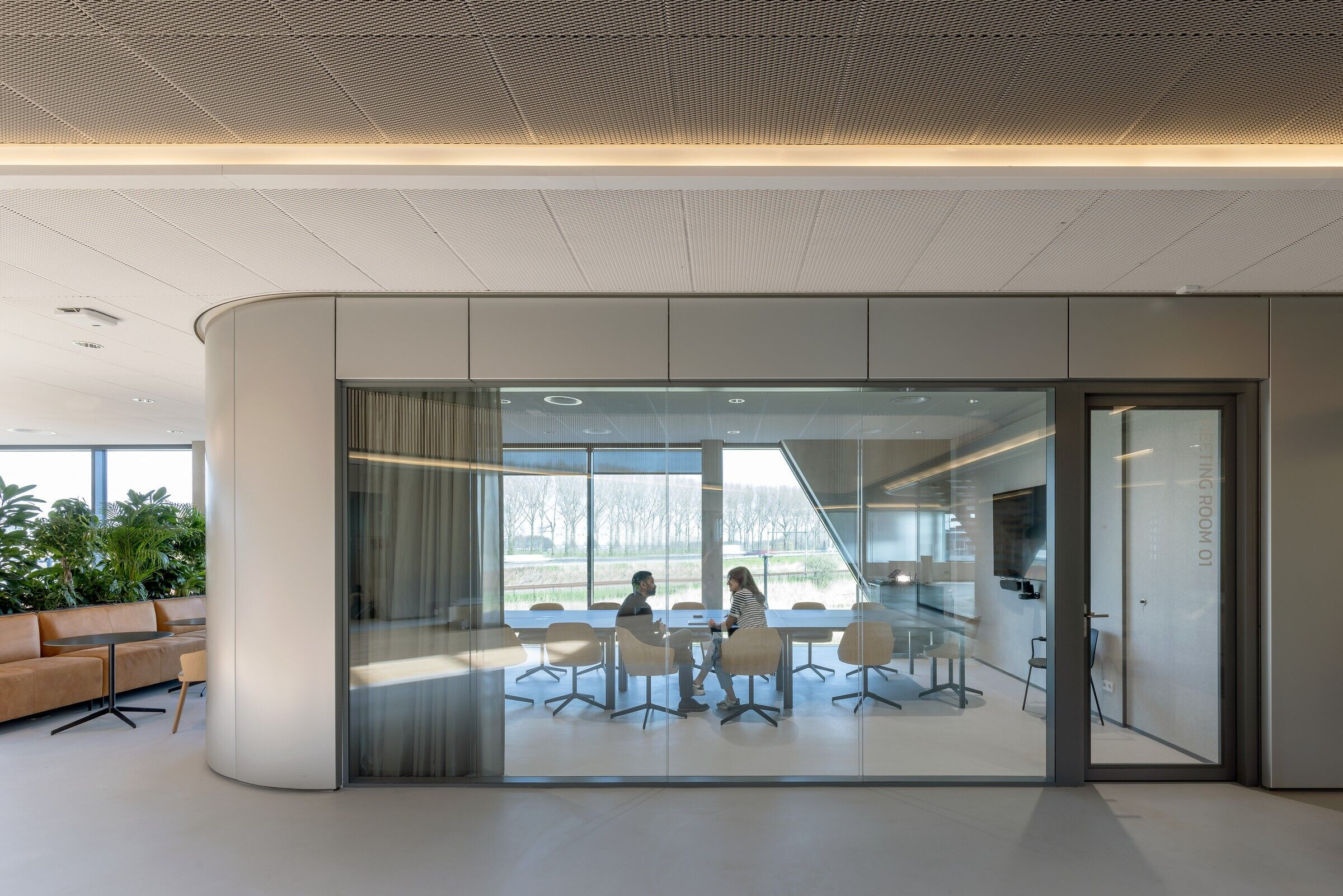
Benefitting from technological advances
Ector Hoogstad Architects’ design is closely aligned with the OPCW’s logistics processes. All areas related to laboratory activities and the equipment and logistic centre are situated on the ground floor. This facilitates quick and efficient mission preparations and deployments.
Training facilities and classrooms are arranged around a central hall that offers views of the rest of the Centre. This is where practical and theoretical training is conducted, ranging from chemical analysis to emergency preparedness and response. The central hall is also designed to accommodate larger groups for events and lectures.
“The ChemTech Centre enables us to keep up with rapidly changing scientific and technological developments. As well as training the experts of our member stated that are all part of the OPCW organization”, says Fernando Arias, Director General OPCW
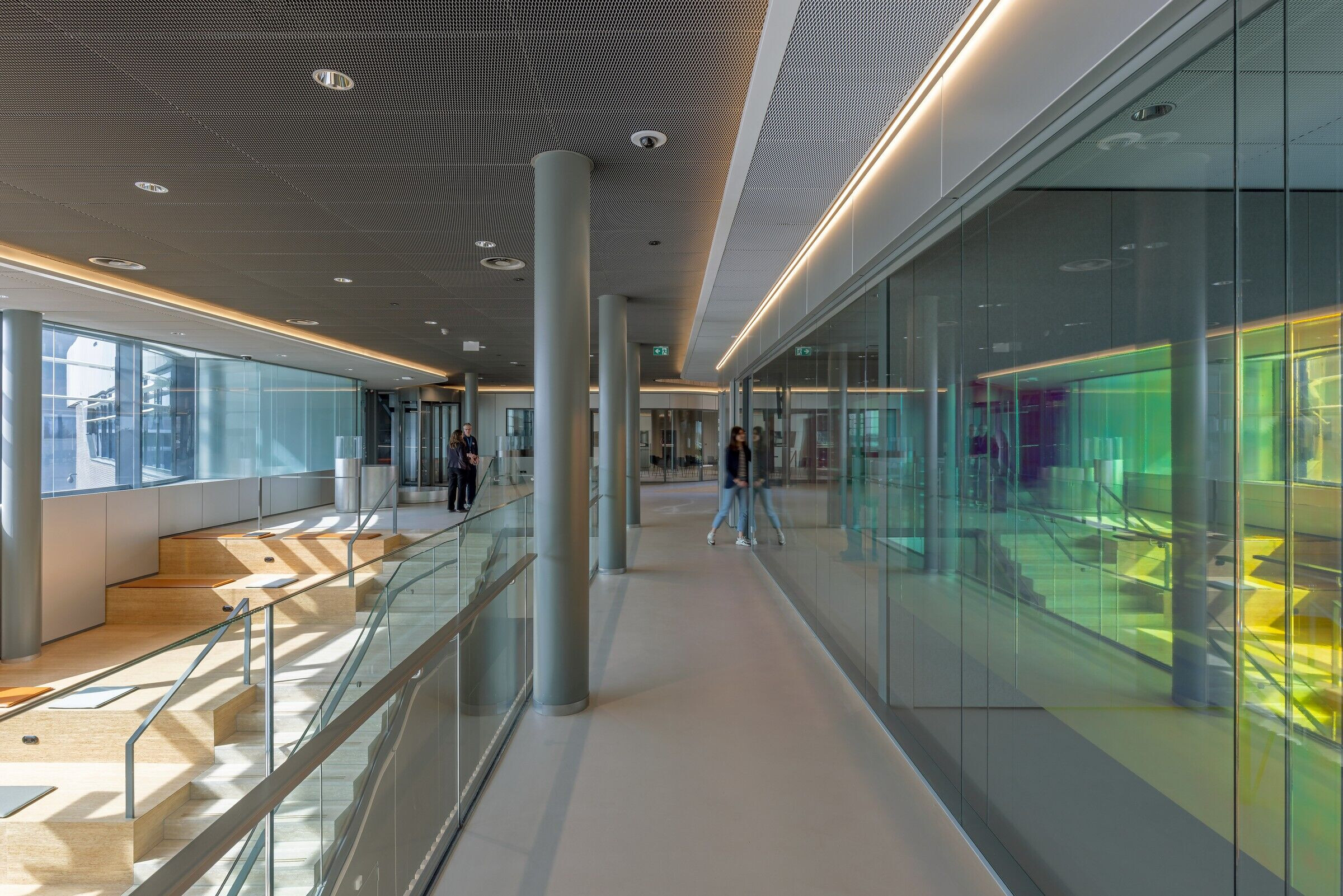
Harmony and balance
The shape of the building was largely dictated by the plot and the facility’s multi-purpose mission. The design creates a sense of harmony and balance and features a unifying horizontal element that graces the façades. Upper floor façades are clad in wood and metal panels, and rest upon a ground floor clad in brickwork. The north-facing will be adorned with climbing plants to promote local biodiversity.
As is the case in most of Ector Hoogstad Architects’ design, the façades are oriented to prevent solar heat gain which reduces energy consumption for cooling. In addition, electrical, plumbing and mechanical systems, and laboratory equipment, have been designed to make the centre as energy efficient as possible. The building features both a green roof and solar panels.
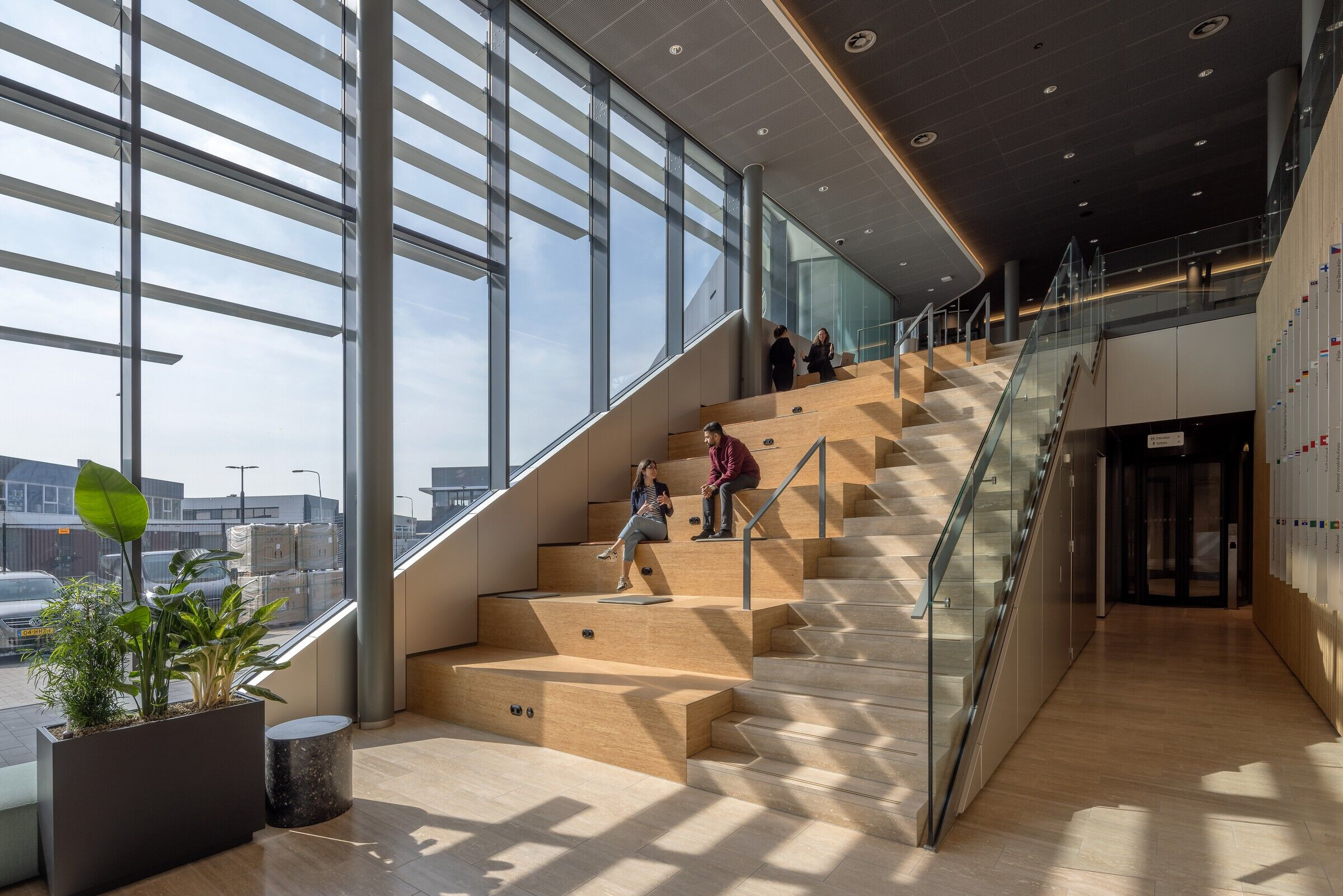
Understated design
EHA was also responsible for the building interior, which consists of three domains of distinctive character. The Equipment Store is intentionally understated and functional, with an industrial aesthetic. The laboratories are bright and airy, with a professional look and are naturally designed to meet the highest standards for health and safety. In the meeting rooms and central hall, wood panelling, indoor landscaping and a carefully selected colour palette have been used to create a warm and welcoming atmosphere.
EHA based the design for the new ChemTech Centre on an intensive co-design process with the client and end-users, a process that was done entirely digitally due to the COVID-19 pandemic. The building was delivered according to planning and within budget thanks to generous donations made by a large part of OPCW’s 193 member states.
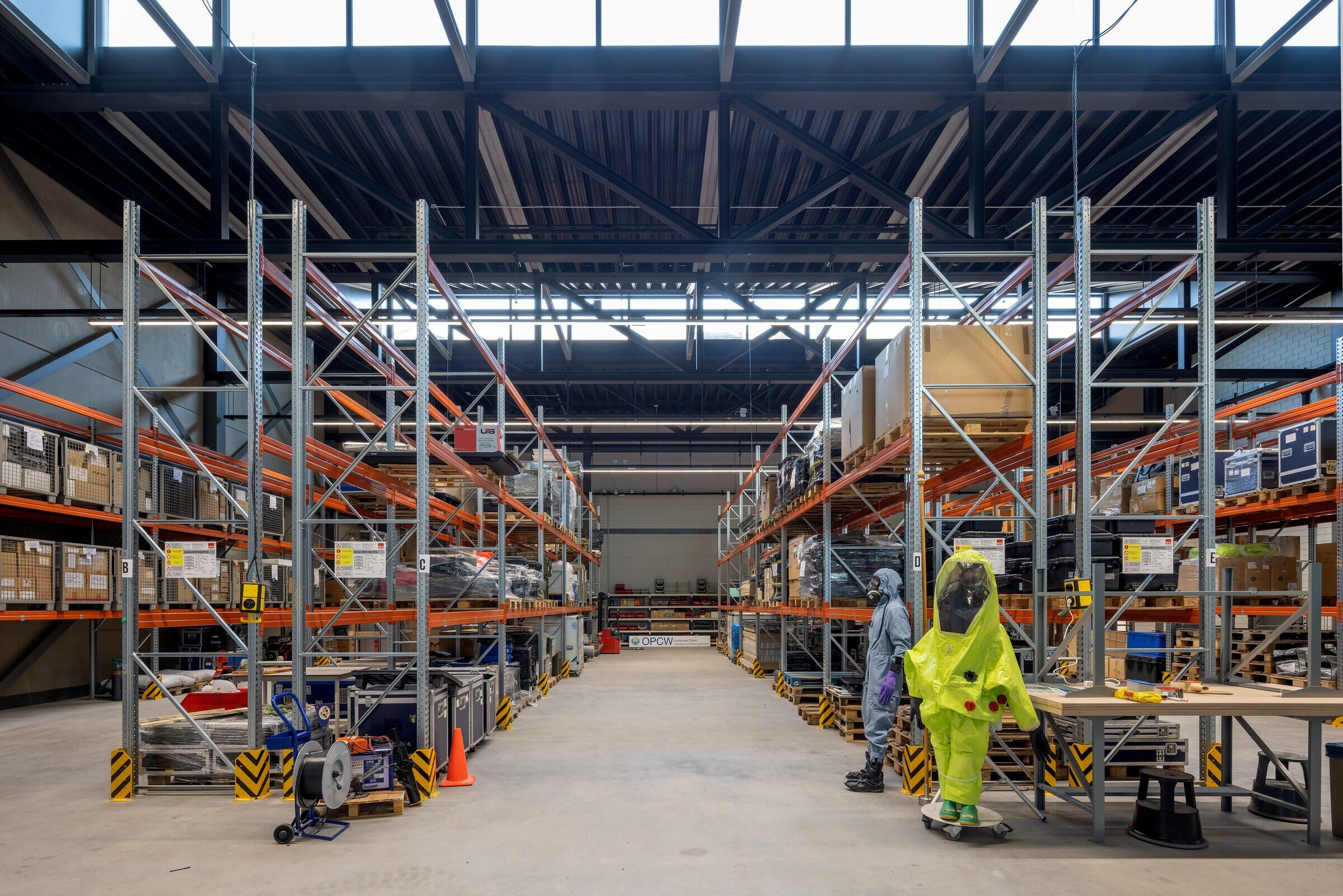
Team:
Design: Ector Hoogstad Architects
Client: OPCW
Structural engineer: IMd Consulting Engineers
Building services and structural engineer: Royal Haskoning DHV
Contractor: Dura Vermeer
Lab consultant: Dr Heinekamp
Photography: Marcel van der Burg
